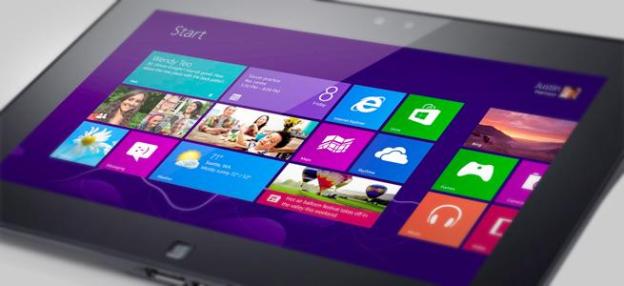
Microsoft has finalized the requirements its partners must meet to create 7- or 8-inch tablets running Windows 8 or Windows RT. According to the company’s March 2013 Windows Certification Newsletter, the devices must have a minimum resolution of 1024 x 768 pixels, which is down from the previously mandated 1366 x 768 pixels. The change is intended to offer more flexibility for partners that are “exploring designs for certain markets.” Based on the popularity of inexpensive 7- and 8-inch tablets in the past year, from iPad minis to the Galaxy Tab 2 to the Kindle Fire, this is probably the market Microsoft has its eye on.
There will be one notable absence with these partner-made tablets: they won’t support Microsoft’s snap feature, which allows users to run two Windows 8 apps side by side. Not only will the feature not be on the tablets, but they must have disclaimers that state as much. While snap is certainly handy for multitasking and has a “cool factor,” it seems unlikely that its loss will be enough to alienate customers. The reduced screen size would probably make the feature less useful anyway. Plus, if shoppers are looking for a low price point, they most likely will be ready to make some sacrifices on features.
The big question Microsoft and its partners will need to face is whether the same people who are interested in small tablets made by Apple, Amazon, Samsung, or Google will also want to see a petite tablet powered by Windows 8. Sales of the Surface RT and Surface Pro haven’t been stellar, so it’ll be a crapshoot whether the new options in size and manufacturer will be enough to turn a bigger profit for Microsoft.

